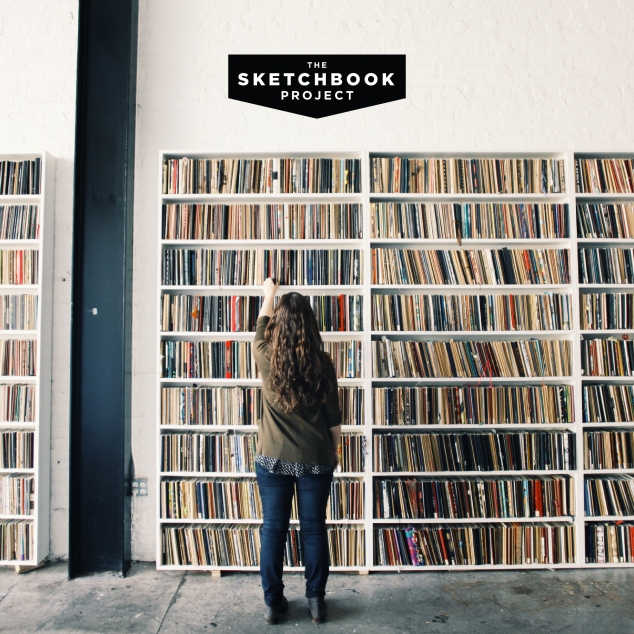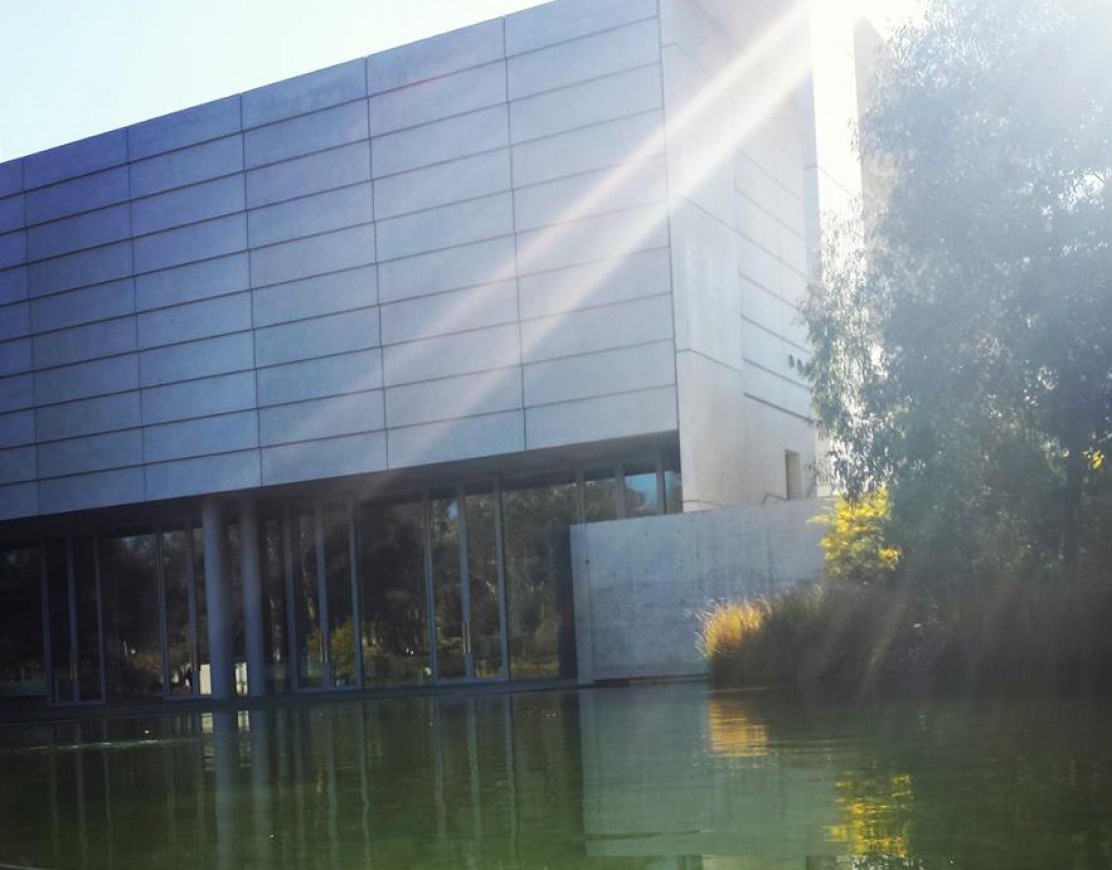The status of the aspirational dreams sold to middle class Australians after the Second World War is the subject of a new exhibition, Thoroughly Modern, at CCAS’s Gorman Arts Centre.
The promise that if one worked hard in a good job they could live the ‘great Australian dream’ of owning a house on a quarter acre block is a proposition that continues to permeate our consciousness. This remains so even as we move into late-stage capitalism where home ownership is becoming increasingly out of reach for many Australians. Artists have been exploring the demise of this dream since at least the 1970s, most notably Howard Arkley (1951-1999) who scrutinized suburban iconography with equal measures of criticism and romanticism. Thoroughly Modern brings together a new generation of artists, practicing after Arkley, who revisit the Australia’s post-war aspirations about work, family and home in the context of the built environment.
The artists in the exhibition specifically utilise a modernist aesthetic, being one that was most fervent during the post-war period. The works of Melbourne based artist Mathew de Moiser appear at first to be a literal presentation of recognizable modernists architecture. On closer consideration there is an irony in his presentation, which can be seen in his use of long stitch embroidery used to meticulously represent an iconic home design by Harry Seidler (pictured above). The use of a popular form of craft making, in particular one that was popular during the post-war period, provides a re-imagining of modernist design and the dreams and aspirations that accompanied it.
Many of the works in Thoroughly Modern hint at the loneliness and isolation that came with modern working life, in particular in urban environments. During the post-war period middle class workers increasingly spent their days in corporate offices and modernist design sought to make these spaces functional. However, the work of Stephanie Wilson shows use that these places, while utilitarian, are at the same time somewhat lonely. Her depiction of office interiors, such as Cubicle (pictured above), are spare and practical, with the only living presence being pot plants. Canberra based artist Alex Lewis’s work Cross (pictured below) provides an intimate exploration of the built environment, we are shown a familiar motif which has been isolated from its actual context.
Thoroughly Modern features an array of works, including video. An interesting accompaniment is the inclusion of the visual essay Living the Dream, where archival footage reveals itself as can propaganda for the ideal of the nuclear suburban family and also grounds the other works in a historical context. Thoroughly Modern provides an opportunity to reflect on the influence of post-war aspirational dreams of family, work, home and the built environment. It also asks the question about whether and how far we have moved past these aspirations or whether they continue to have some grip, however small.
Thoroughly Modern, curated by David Broker and featuring the work of Janet Angus, Matthew de Moiser, Grant Hill, Alex Lewis, Danny Wild and Stephanie Wilson, is on at CCAS Gorman Arts Centre from 1 April – 7 May 2016, free entry.























